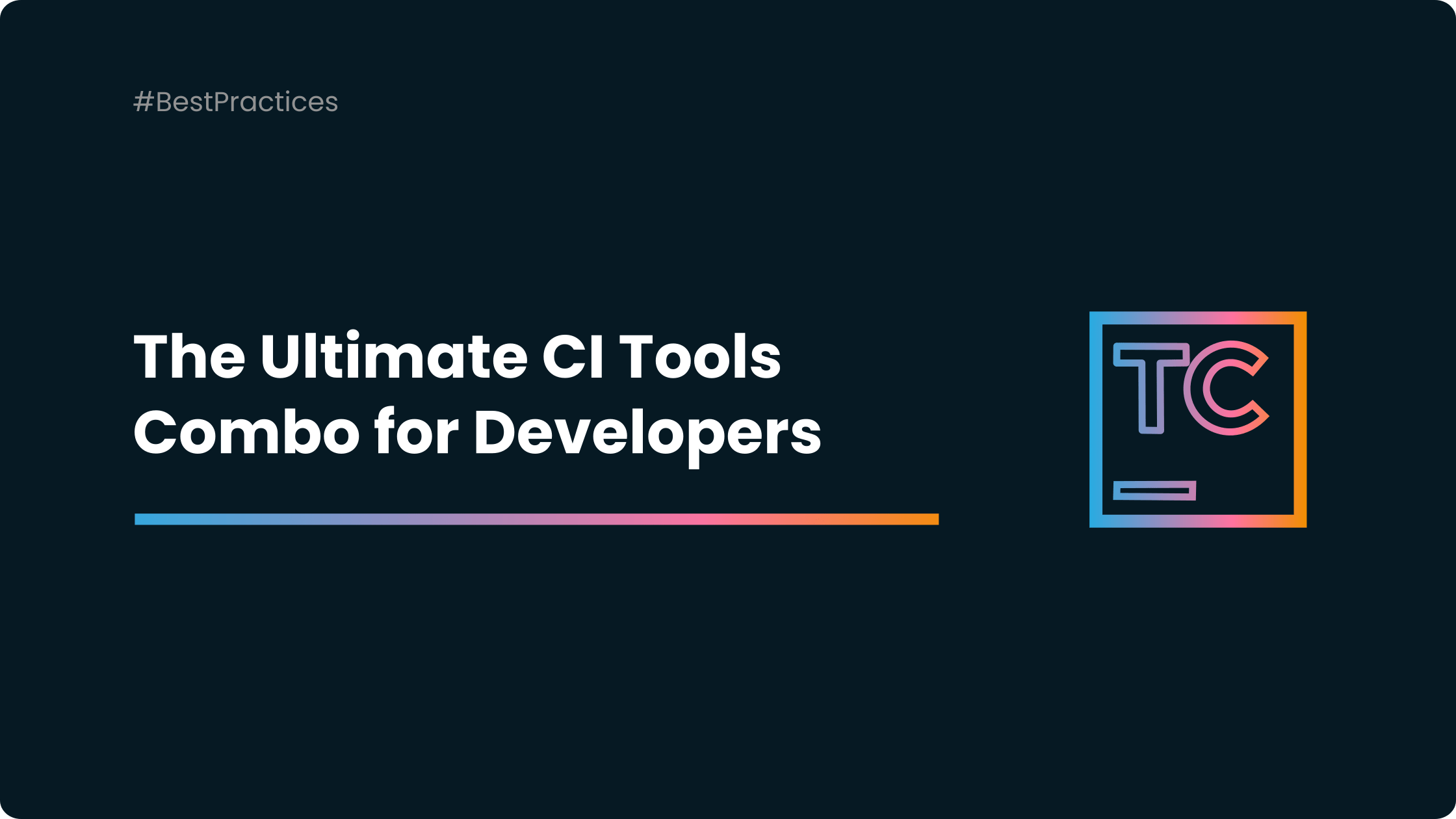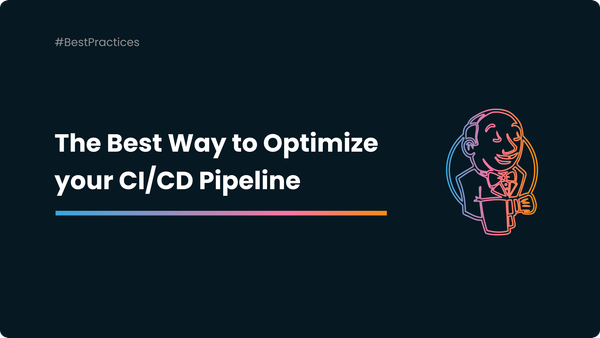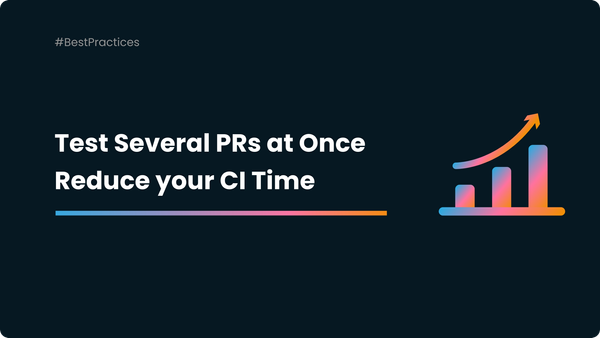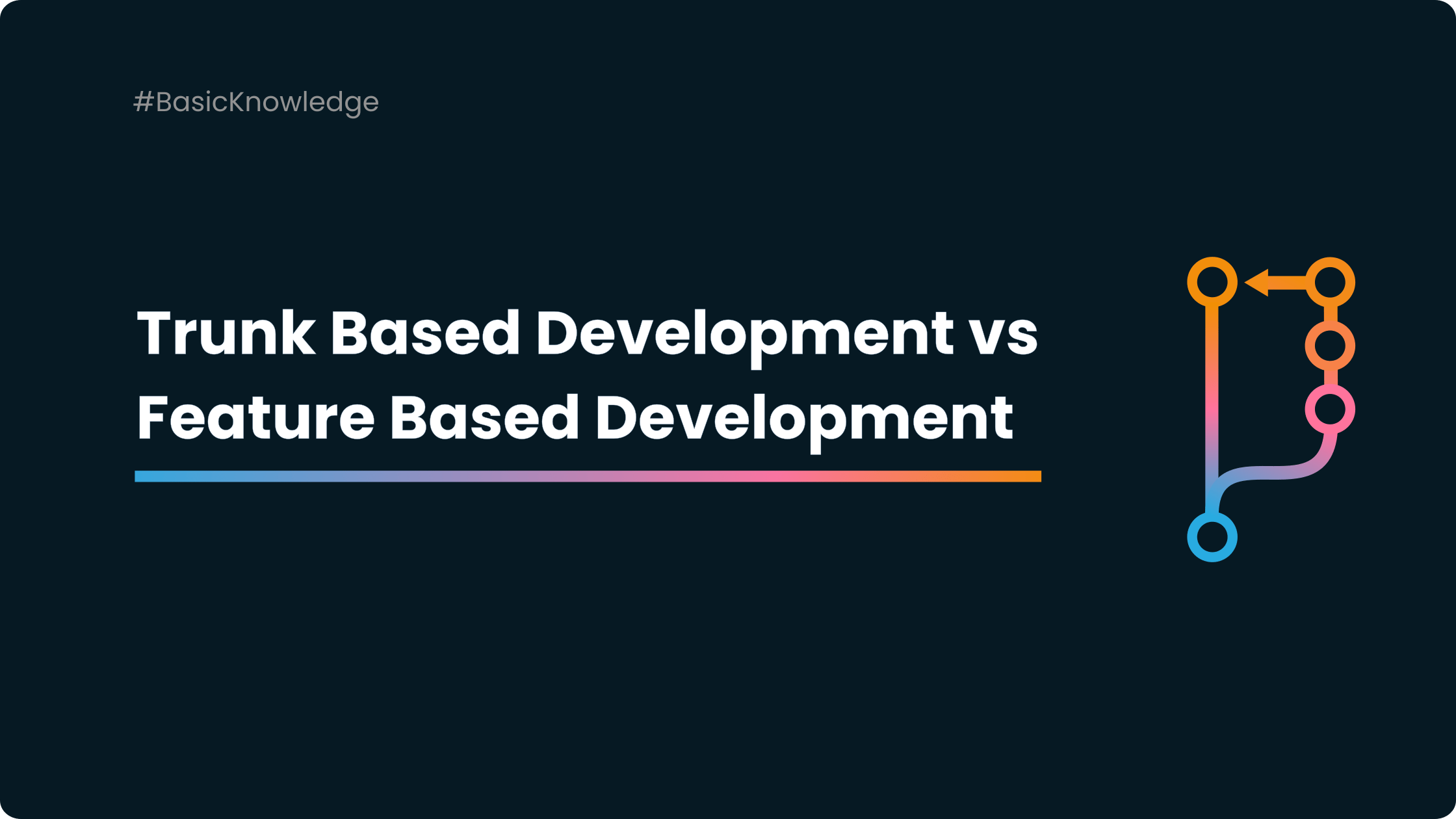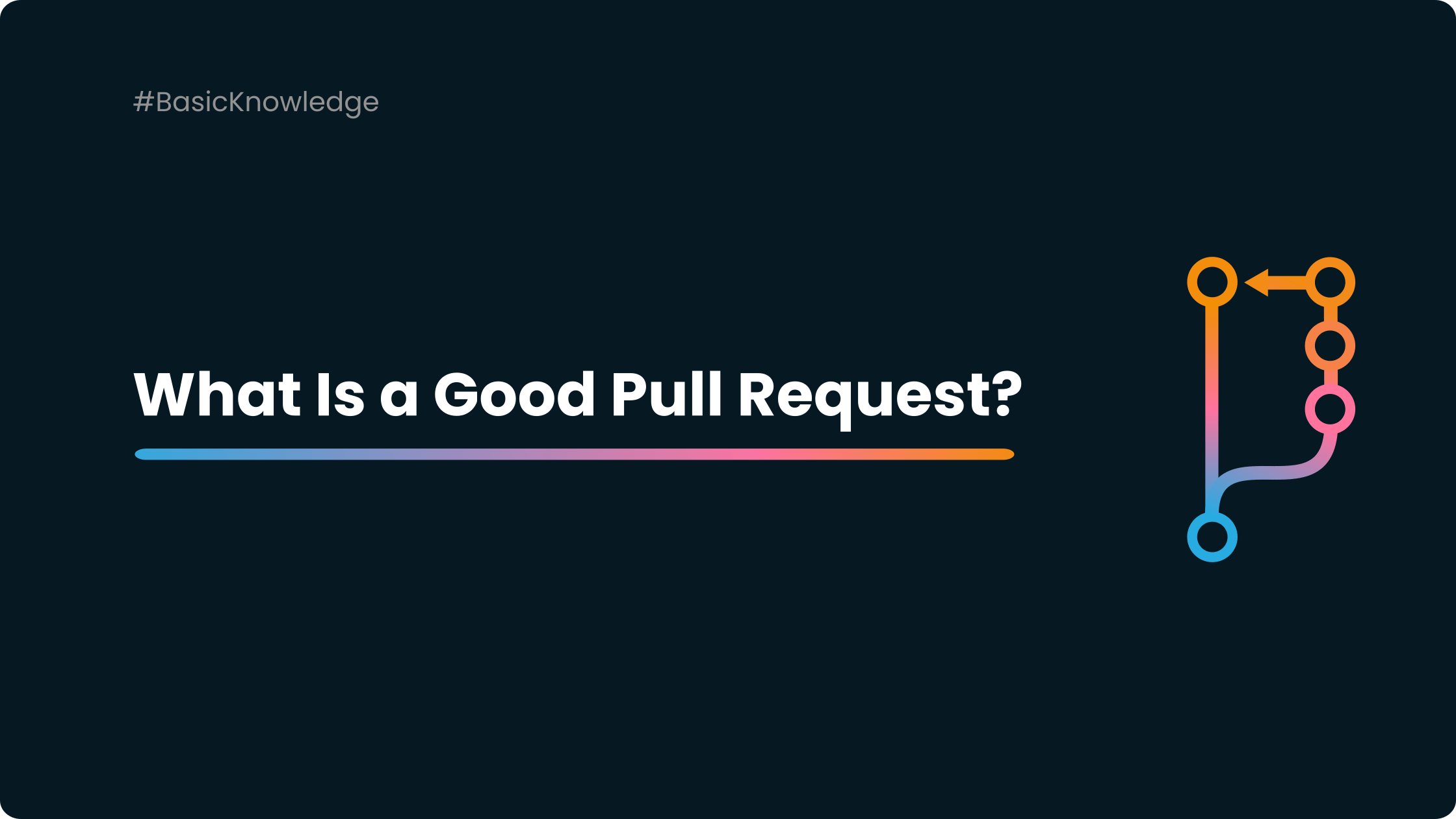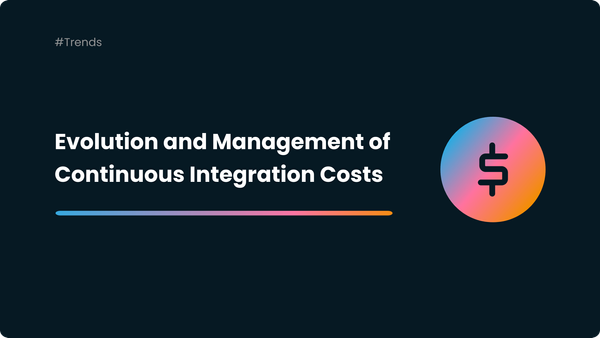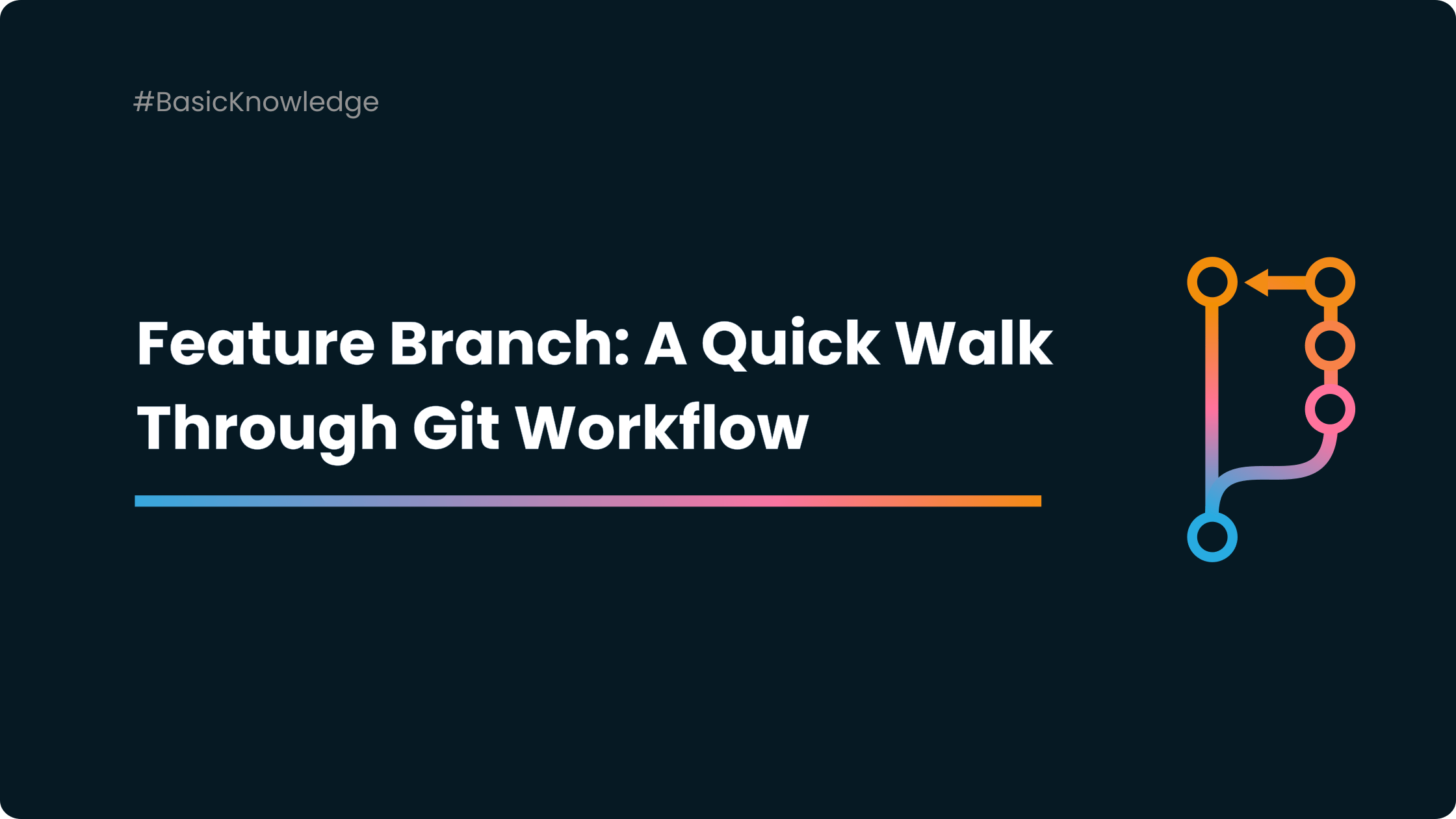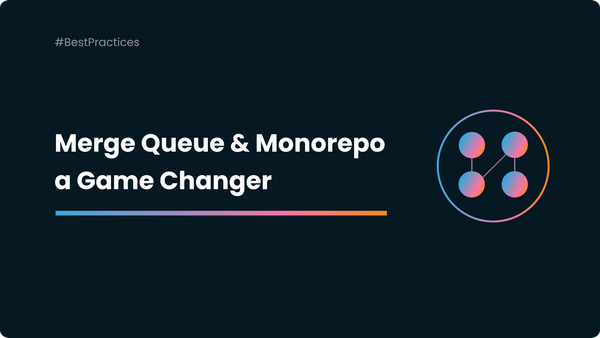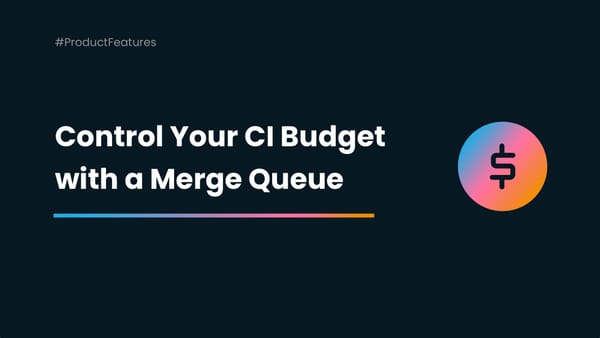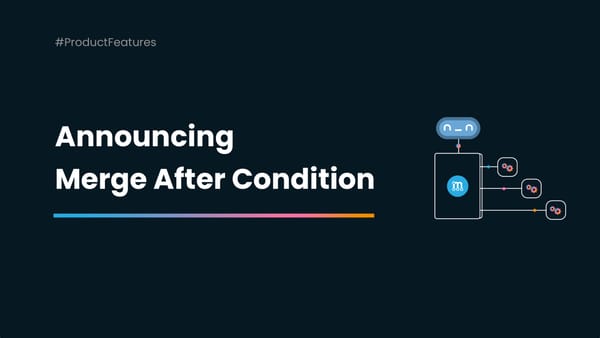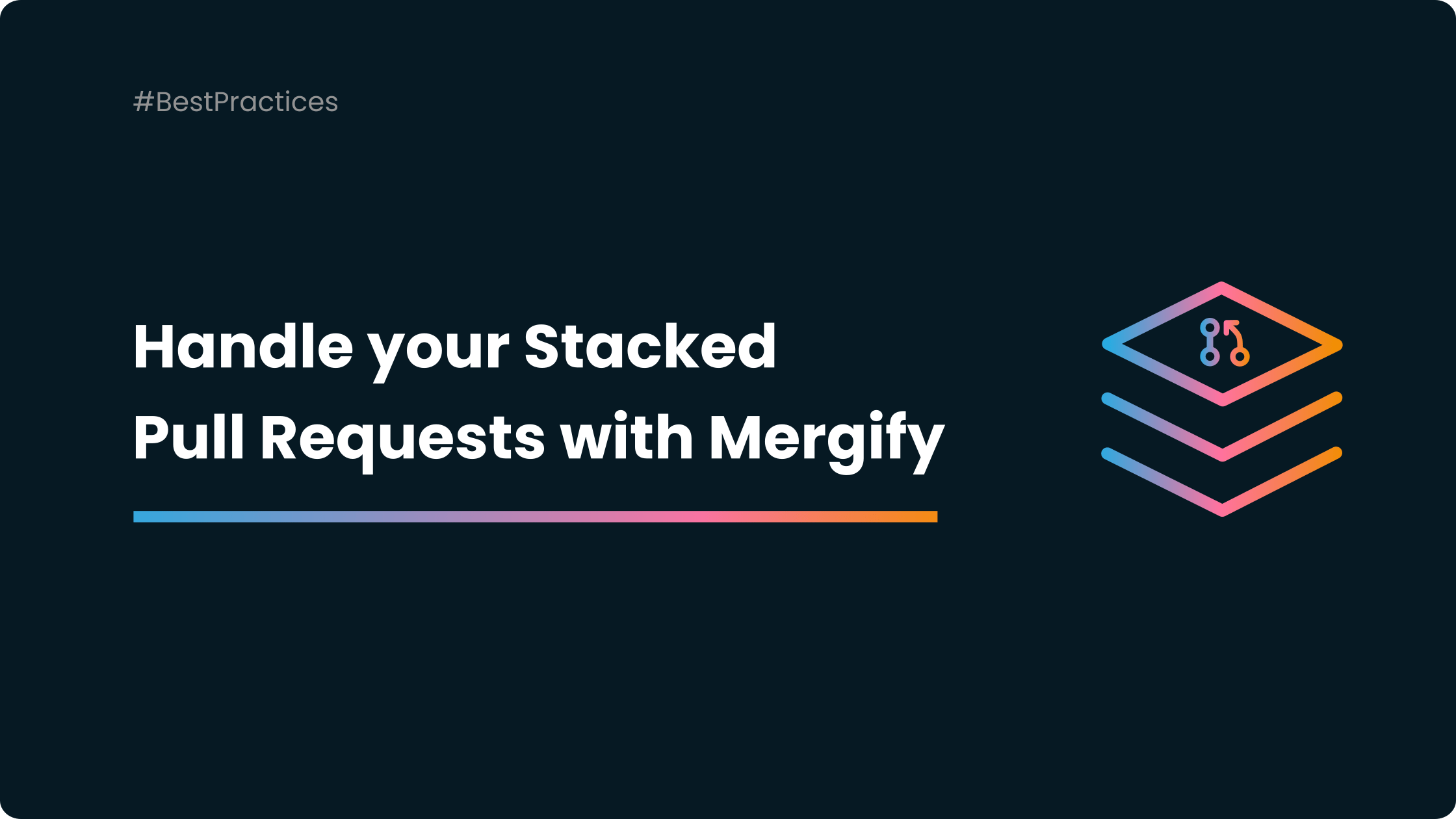
Handle your Stacked Pull Requests with a Merge Queue
As organizations strive for CI/CD optimization, they often encounter various challenges along the way. One such obstacle is the merging of stacked pull requests. Stacked pull requests refer to the scenario where multiple pull requests are created and opened simultaneously, each dependent on the successful merge of its preceding


